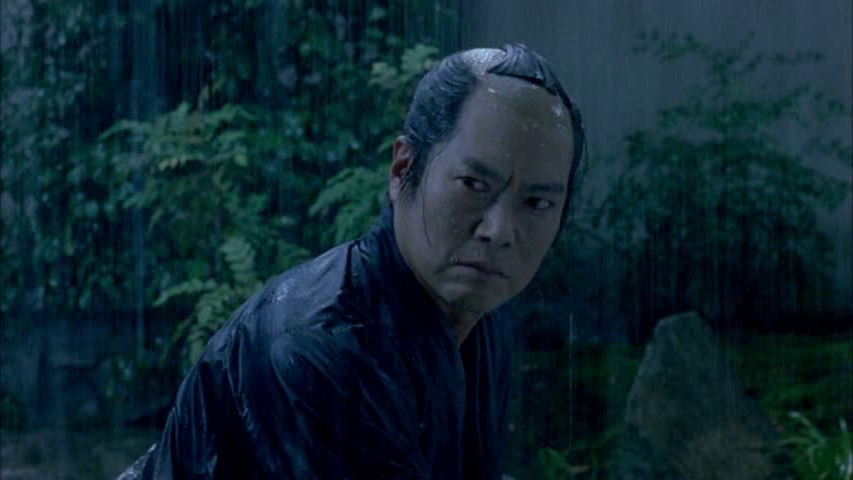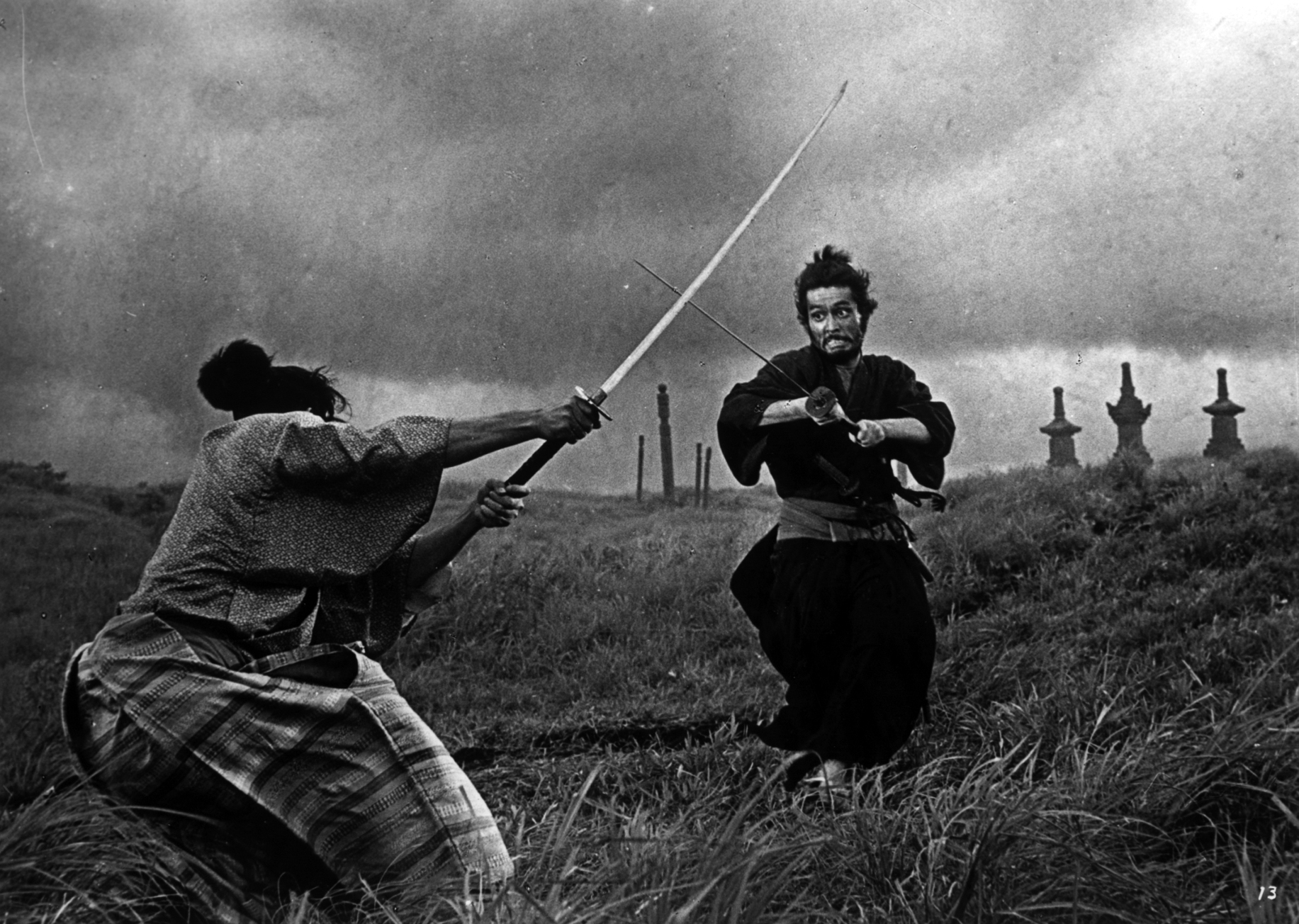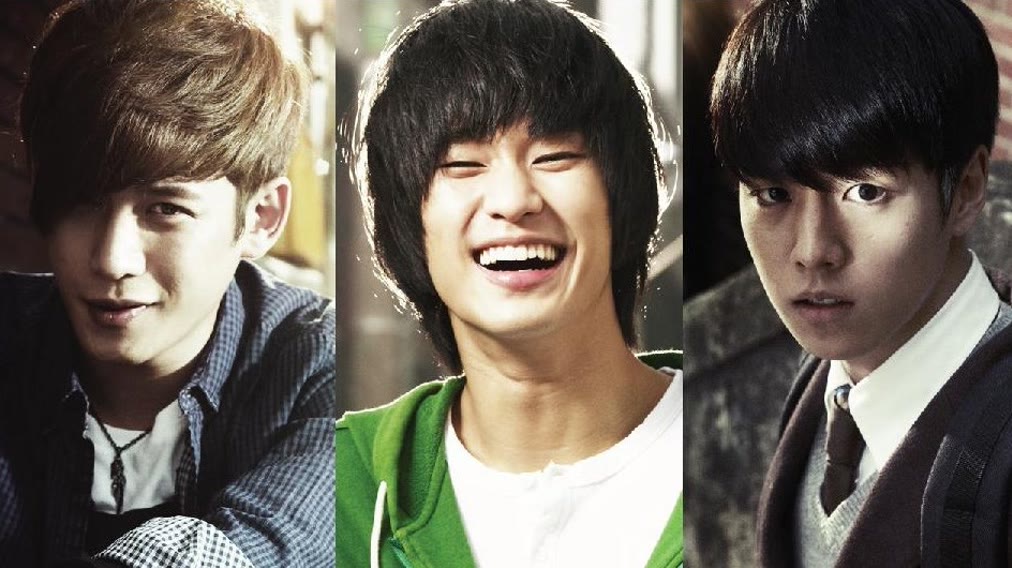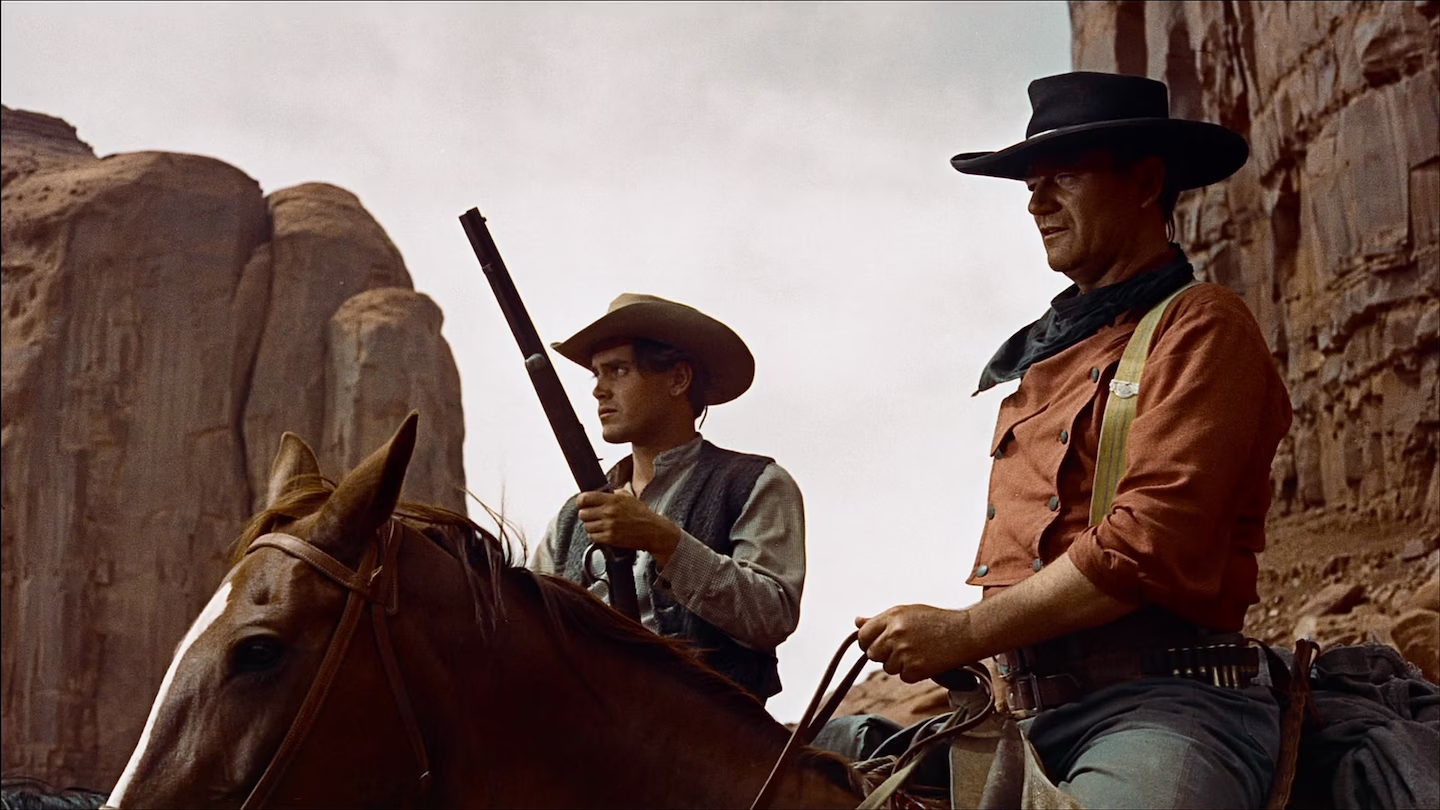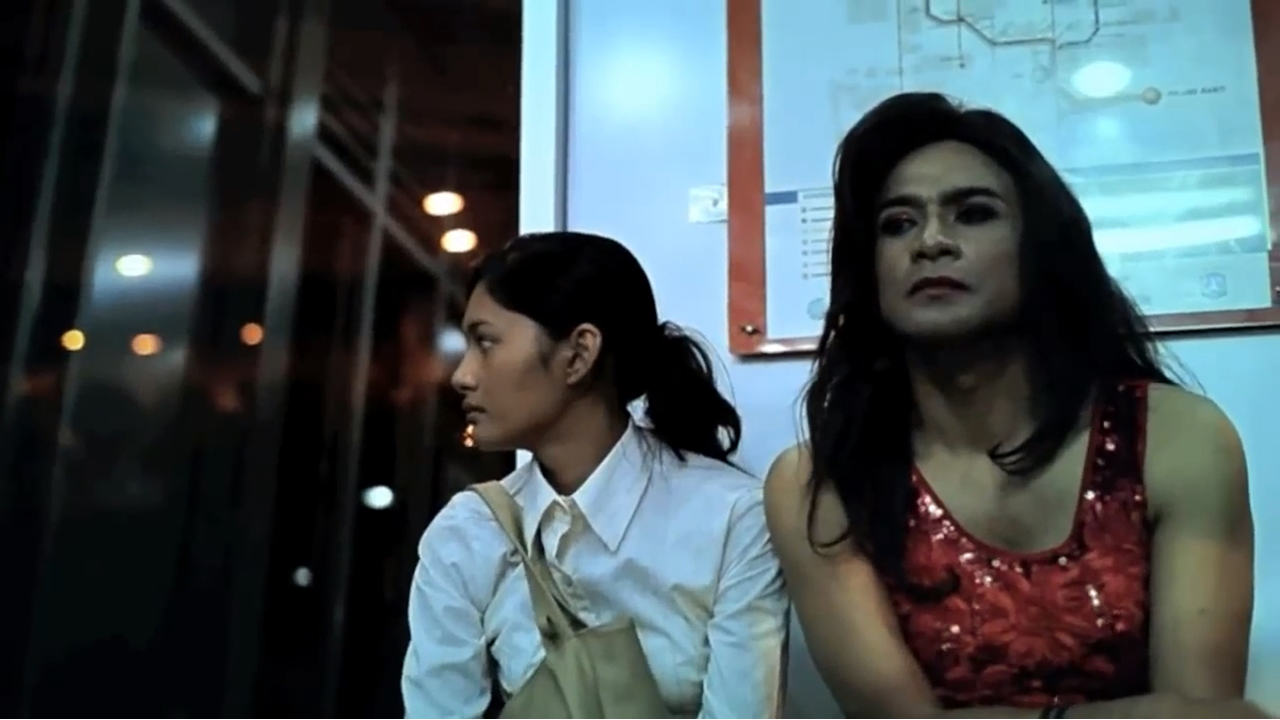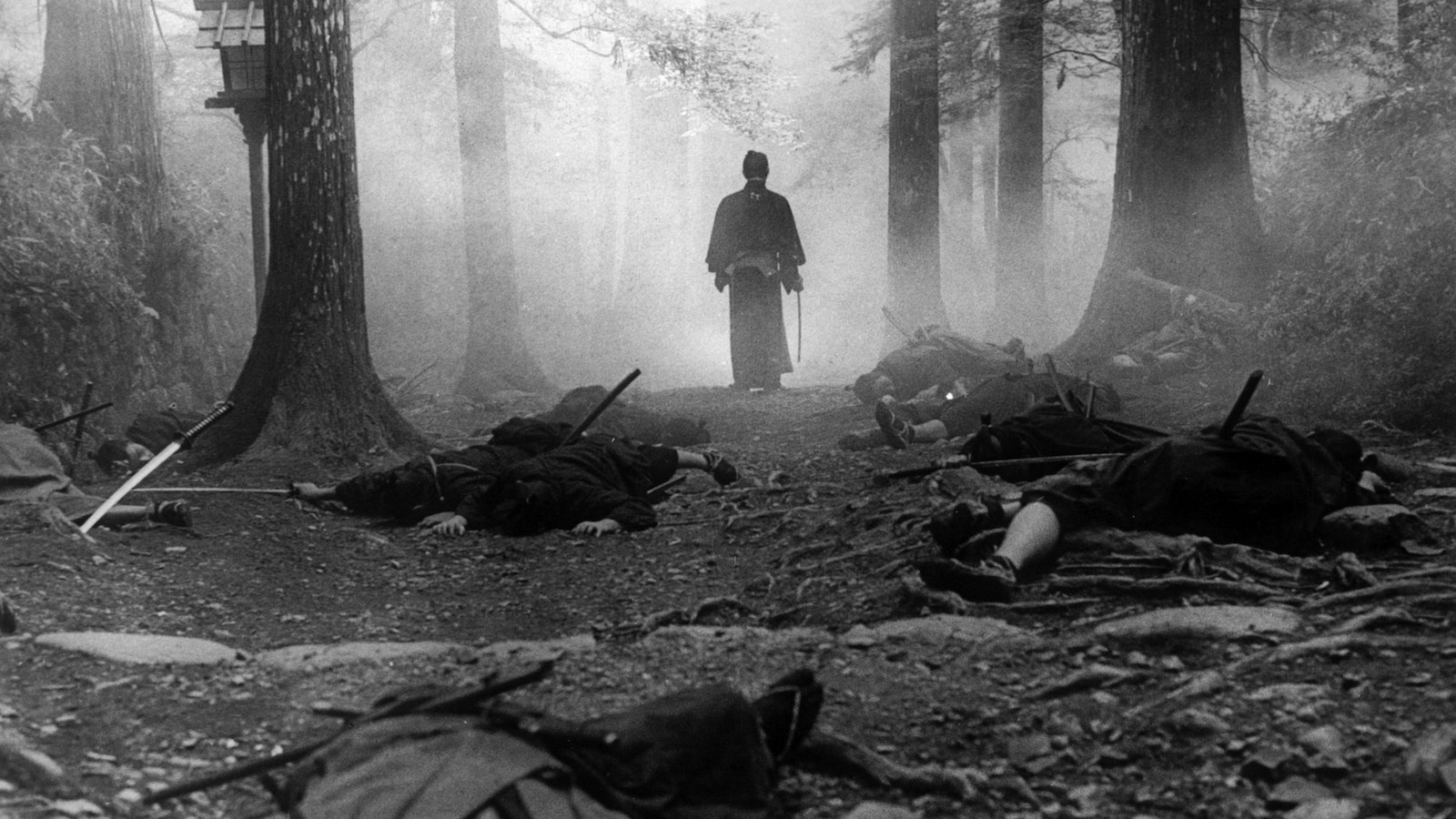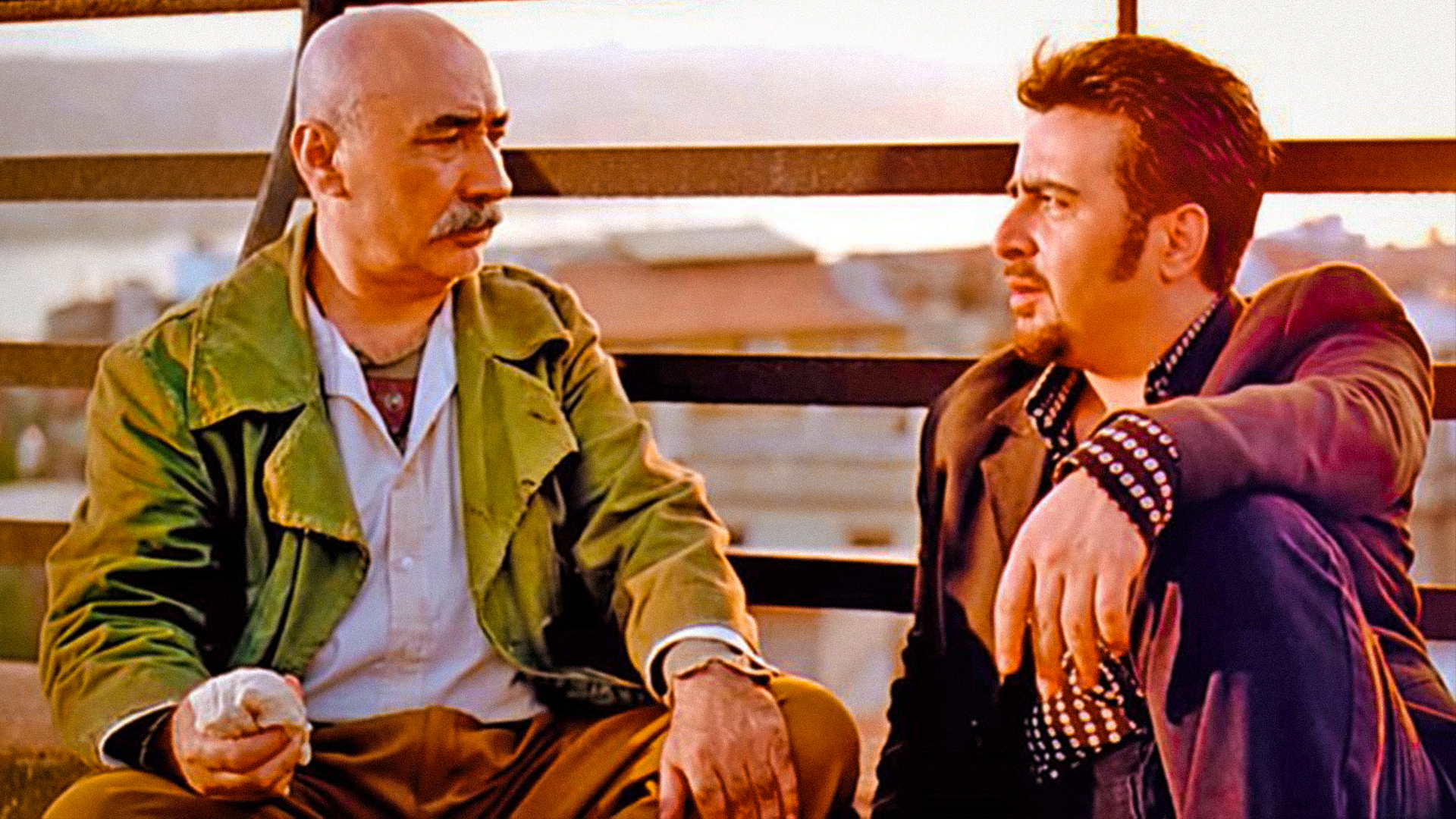japanchildrenrights.org – Released in 2010, The Sword of Desperation (Hisshiken Torisashi) is a critically acclaimed samurai drama directed by Hideyuki Hirayama. Adapted from the novel by Shuhei Fujisawa, the film delves into the world of feudal Japan, examining the moral and ethical dilemmas faced by a samurai caught between duty, honor, and personal conscience. With its intense character-driven narrative, stylish direction, and profound exploration of loyalty and sacrifice, The Sword of Desperation stands out as a powerful entry in modern samurai cinema.
Plot Overview: A Samurai’s Deadly Decision
The film centers on Kanemi Sanzaemon, a skilled and honorable samurai who commits an unexpected act of murder. In the opening scene, Sanzaemon assassinates Renko, the lord’s favored concubine, in front of the entire court. Although the reasons behind the killing are initially unclear, Sanzaemon immediately surrenders and awaits the consequences of his actions.
Instead of being executed, Sanzaemon is placed under house arrest for one year, as the lord strangely pardons him. As the story unfolds, it is revealed that Renko had manipulated the lord and abused her influence, leading to the corruption and suffering of many. Sanzaemon, in his desire to protect the lord and the domain, took matters into his own hands, knowing that his action would brand him as a criminal.
Throughout the film, Sanzaemon grapples with the personal and moral consequences of his desperate act. He faces scorn and suspicion from fellow samurai and courtiers, yet remains steadfast in his conviction that his action was for the greater good. As tensions rise within the domain and political intrigue threatens the stability of the clan, Sanzaemon is called upon once again to protect his lord, leading to a climactic and poignant conclusion.
Themes of Duty, Sacrifice, and Morality
At the heart of The Sword of Desperation is the exploration of a samurai’s duty to his lord and the moral dilemmas that arise from this loyalty. Sanzaemon’s assassination of Renko is a desperate act, born out of a sense of duty and responsibility to the greater good of the clan. However, his actions raise complex questions about the nature of loyalty—how far should one go to protect one’s lord, and at what personal cost?
The film also examines the tension between duty and morality, as Sanzaemon is forced to sacrifice his honor and reputation for the sake of preserving order. His internal struggle is palpable throughout the film, as he wrestles with the consequences of his actions while maintaining an unwavering commitment to his sense of justice.
The concept of “giri” (obligation) versus “ninjo” (personal feeling) plays a significant role in the narrative, as Sanzaemon’s unwavering loyalty to his lord contrasts with his inner turmoil and the emotional weight of his choices.
Character Study: The Complex Hero of Sanzaemon
Koji Yakusho delivers a compelling performance as Sanzaemon, embodying the stoic yet deeply conflicted samurai. Yakusho’s portrayal is both restrained and powerful, capturing the character’s quiet intensity and emotional depth. Sanzaemon is not a conventional hero; his actions are controversial and morally ambiguous, yet his motivations are deeply rooted in his sense of duty and justice.
Sanzaemon’s character arc is central to the film’s emotional impact. As a man who is willing to sacrifice everything—his honor, his status, and even his life—for the sake of his beliefs, Sanzaemon represents the complex and often tragic nature of the samurai code. His struggle between personal conscience and loyalty to the lord is portrayed with subtlety and nuance, making him a fascinating and tragic figure in the film.
Direction and Cinematography: A Visually Striking Period Drama
Director Hideyuki Hirayama brings a careful and deliberate approach to the storytelling, allowing the tension and emotion to build gradually. The pacing is measured, with long, contemplative scenes that emphasize the internal conflicts of the characters. This slow-burn style allows the audience to fully immerse themselves in the world of feudal Japan and the weighty decisions that the characters must face.
The cinematography, handled by Kozo Shibasaki, is visually stunning, with beautiful compositions that capture the stark beauty of the period setting. The film’s use of natural light and shadow creates a sense of mood and atmosphere, enhancing the emotional intensity of the narrative. The attention to detail in the period costumes, architecture, and swordplay further grounds the film in its historical context, making it a visually authentic portrayal of the samurai era.
The Climax: A Desperate Fight for Justice
The film’s climax is marked by an intense and well-choreographed sword fight that underscores the stakes of Sanzaemon’s final act of loyalty. Unlike many samurai films that glorify violence, The Sword of Desperation approaches its action scenes with a sense of realism and gravity. The battles are swift, brutal, and emotionally charged, emphasizing the weight of life-and-death decisions rather than glorifying combat.
Sanzaemon’s final act of sacrifice, in which he takes on the role of protector once more, is a fitting conclusion to his journey. It highlights the personal cost of his unwavering dedication to his lord, leaving the audience with a sense of both tragedy and admiration for the samurai’s resolve.
Reception and Legacy
The Sword of Desperation was well-received by critics and audiences alike, praised for its mature storytelling, strong performances, and thoughtful exploration of samurai values. The film stands out in the modern samurai genre for its emphasis on moral complexity and the internal struggles of its characters, rather than relying solely on action or spectacle.
Koji Yakusho’s portrayal of Sanzaemon earned widespread acclaim, further cementing his reputation as one of Japan’s most talented and versatile actors. The film’s meditative approach and exploration of personal sacrifice resonated with viewers, making it a standout among contemporary samurai dramas.
Conclusion: A Thoughtful and Tragic Samurai Tale
The Sword of Desperation is a poignant and thought-provoking samurai film that delves deep into the complexities of duty, honor, and morality. It offers a fresh take on the samurai genre by focusing on the inner turmoil and ethical dilemmas faced by its central character, Sanzaemon. With its strong performances, meticulous direction, and emotional depth, the film is a worthy addition to the legacy of samurai cinema.
As a modern exploration of the timeless themes of loyalty and sacrifice, The Sword of Desperation stands as a powerful reminder of the enduring appeal of samurai stories and the moral complexities that come with living by the sword.

